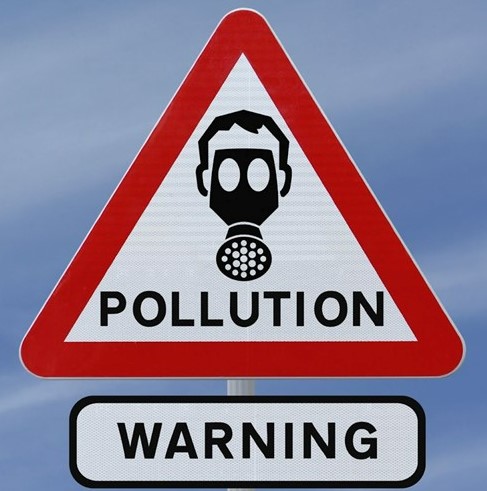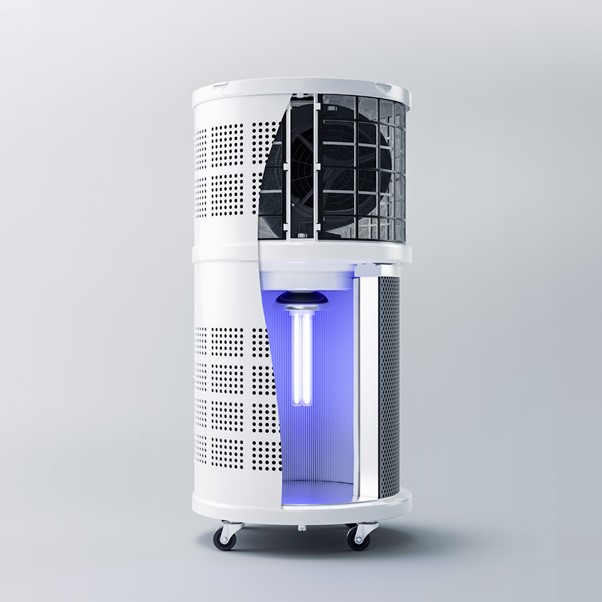Half the world’s population exposed to increasing air pollution

From imported pollution dropping from our skies to a build-up of local emissions, the air we breathe is becoming increasingly unhealthy.
According to a June 2020 study published in the journal Climate and Atmospheric Science, half the world’s population is exposed to increasing air pollution. Globally, 55.3% of people were exposed to more PM 2.5 in 2016 than in 2010.
The World Health Organization claims that fine particulate matter in outdoor air kills 4.2 million people worldwide each year and affects the health of many more. After travelling down the human windpipe, it penetrates deep into the interior of the lungs, triggering inflammation that causes or exacerbates many types of respiratory ailment. The tiniest particles can enter the bloodstream and set off a chain reaction that can eventually lead to heart attacks, cancer, and stroke.
 | The World’s Air Pollution Real-time Air Quality Index (AQI) warns us when particle counts become dangerously high. Using data from 10,000 monitoring stations around the world, all measurements are based on hourly readings. AQI calculations comprise the measurement of particulate matter (PM2.5 and PM10), Ozone (O3), Nitrogen Dioxide (NO2), Sulphur Dioxide (SO2) and Carbon Monoxide (CO) emissions. Readings above 100 AQI are considered dangerous, ranging from ‘unhealthy for sensitive groups’ (101-150) to ‘unhealthy’ (151-200), ’ very unhealthy’ (201-300), and ‘hazardous’ (300+). |
The World’s Air Pollution Real-time Air Quality Index (AQI) warns us when particle counts become dangerously high. Using data from 10,000 monitoring stations around the world, all measurements are based on hourly readings. AQI calculations comprise the measurement of particulate matter (PM2.5 and PM10), Ozone (O3), Nitrogen Dioxide (NO2), Sulphur Dioxide (SO2) and Carbon Monoxide (CO) emissions. Readings above 100 AQI are considered dangerous, ranging from ‘unhealthy for sensitive groups’ (101-150) to ‘unhealthy’ (151-200), ’ very unhealthy’ (201-300), and ‘hazardous’ (300+).
But staying indoors doesn’t protect people from poor air quality. Outside pollution becomes indoor air pollution, entering our offices and homes via natural and mechanical ventilation.
Once indoors, polluted air mixes with a cocktail of other particulate matter, including Covid-19, allergens, dust, mould, pet dander, smoke, and airborne microplastics.
According to a study by Global Action Plan, indoor air pollution is 3.5 times worse than outdoor air pollution and at its peak can be up to 560 times higher.

Portable, hospital-grade air purification can offer a practical solution, but not all air purifiers are created equal. The air purification market is unregulated and many manufacturers make unsubstantiated claims, with unsuspecting buyers acquiring air purifiers that are not up to the job and, worse, can do more harm than good by emitting harmful by-products. See our Buyers Beware guide for five key points to check before buying.
The World’s Air Pollution Real-time Air Quality Index (AQI) is currently warning that particle counts are high across many geographies. That’s why we’re offering a 25% discount on the best hospital-grade air devices to protect your health. With no minimum order, the offer is open till April 30 2022.
With Rensair, you can now afford to make your indoor environment a truly safe refuge.
